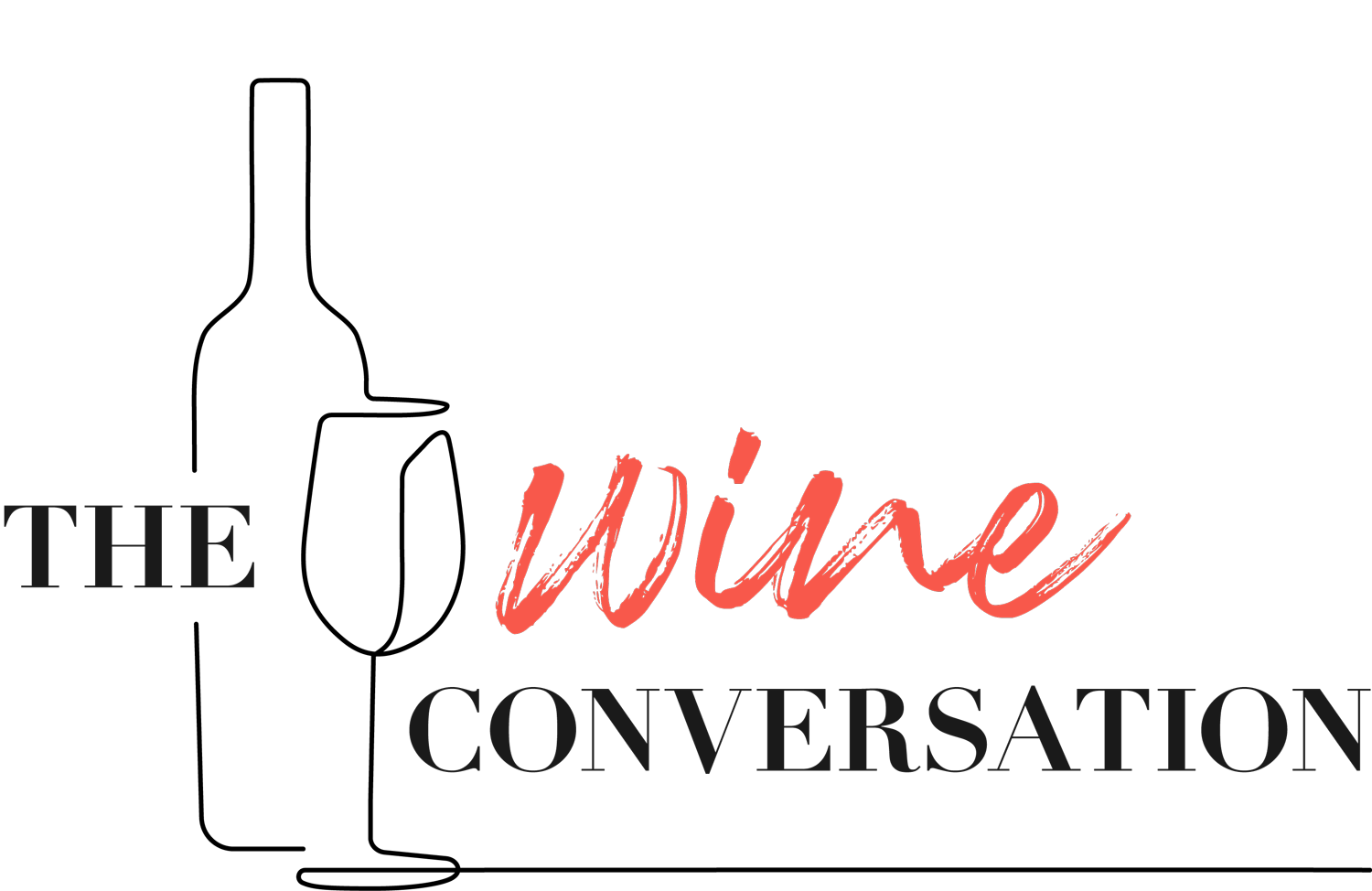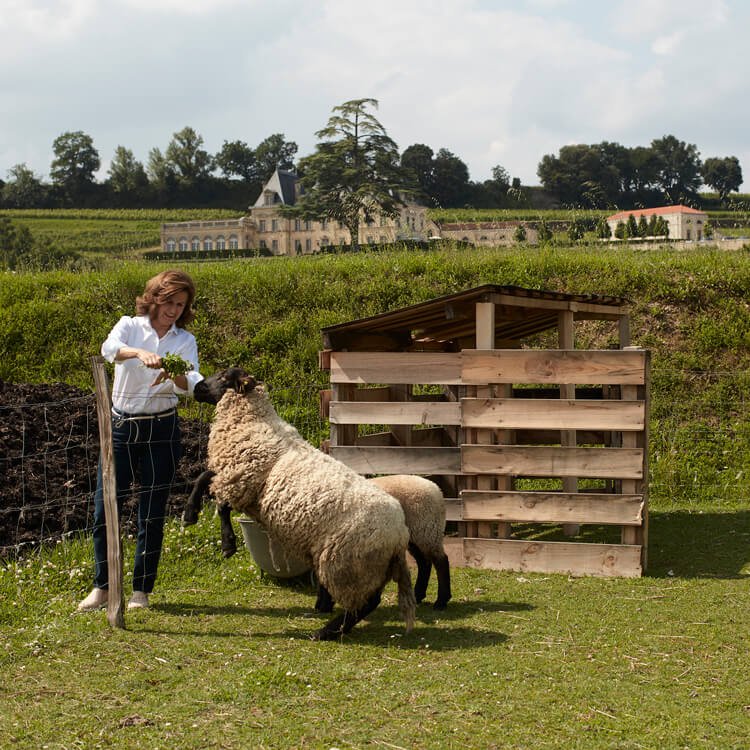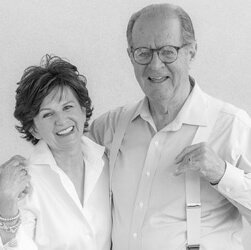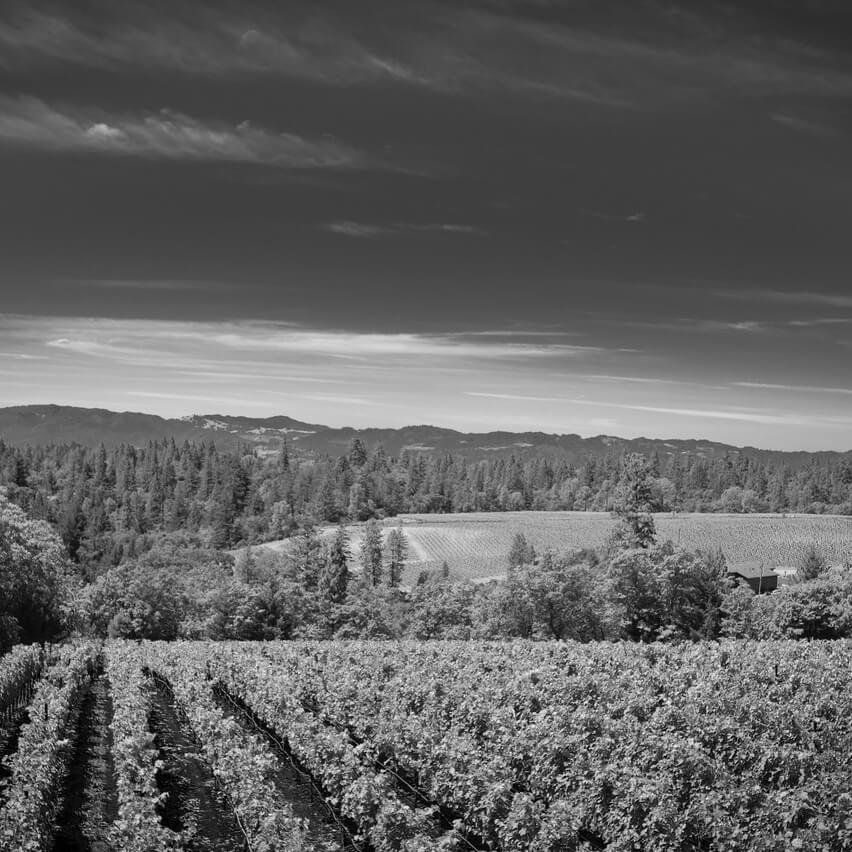▻ Denise Adams
Elin McCoy in conversation with Denise Adams, owner of Château Fontplégade in Saint Emilion and ADAMVS in Napa
Episode Summary:-
Demonstrating the endless variety of life in the wine world, Elin McCoy talks to Denise Adams about her transition from art teacher and interior designer to biodynamic vigneron in Saint Emilion and Napa Valley. Denise tells Elin how she grew up in Ohio with a family that drank wine, but none that were memorable. During her college years, she had the opportunity to taste Château Haut Brion and Château d’Yquem, both of which opened her eyes to the wonders of wine; she became a firm Francophile and started collecting Bordeaux, a passion she shared with her husband. (She was married in Bordeaux and spent her honeymoon in Saint Emilion.) Stephen Adams was an entrepreneur and a businessman, and they followed through on their passion by buying châteaux – the one which became their special favourite was Château Fonplégade, a Saint Emilion Grand Cru Classé. She tells the story of how they bought it from the Moueix family (a different branch from the Christian Moueix family). The estate was rundown, and they decided to renovate, removing a third of the vines, which were on the wrong rootstock. Denise decided that the time, money and energy needed to bring it back to its glory meant selling the other châteaux, and today they only own Château Fontplégade and L’Enclos in Pomerol in France.
Denise explains how she has always been interested in health, and in the 1980s in Santa Barbara, she converted their 5-hectare property to organic, which was rare at that time. When they took over Fontplégade, they told the team they were going to farm organically. “The crew looked at me as if I had two heads,” she says, but now they are converts too. Then, in 2008, they bought vineyards on Howell Mountain in Napa, which they subsequently named ADAMSVS. Denise explains that it is not based on their name, but the Latin word for the red soil. Denise and Stephen wanted to create a Premier Grand Cru-level wine, and asked the advice of geologist and wine consultant Philippe Melka, who enthusiastically told them they could make three different Cabernet Sauvignons on the property. (The vineyards had already been farmed organically, so they immediately started converting to biodynamic.)
““As an American in Bordeaux, I quickly learnt that the Bordelais aren’t really cookie makers.””
Denise speaks openly about the mistakes they made as newcomers to the wine business, including employing four salespeople instead of using the negociant system. “We have to have international distribution if we want international recognition,” she states, and it was especially necessary as the previous owner had only distributed in France and Belgium. She tells Elin how she invited 30 negociants to the property, and eventually chose ten negociants and three brokers. Her secret weapon was making chocolate chip cookies: “As an American in Bordeaux, I quickly learnt that the Bordelais aren’t really cookie makers.” Word soon got round about the marvellous cookies, an undoubtedly a first, unusual but brilliant aid to business.
There are more similarities than differences, she believes, in running estates in Bordeaux and Napa. The key to success is building a good team, and Denise confesses she is happy to leave them for several months at a time. Elin asks who were her mentors, and she cites Jean-Michel Comme, formerly of Château Pontet Canet, who along with his wife Corinne gave advice on biodynamic practices. The other mentor was Veronique Sanders of Château Haut Bailly who was generous with advice about the Bordeaux system.
Denise talks about the challenges of climate change in Napa, and how they have used goats to eat the brush around the vineyards as well as participating in a scheme to use helicopters to search for the first spark, preventing fire spreading as soon as it starts. Recently, Denise and Stephen were featured in a documentary film, “EastBound, WestBound,” which features producers who have links between Bordeaux and California. She is intrigued that the three vintners who have properties in both continents all farm biodynamically. When not looking after the properties, she relaxes by cooking, gardening and best of all entertaining friends around her table with great bottles of wine. Both Denise and Stephen are philanthropists, supporting musicians who often do not have the money to study. Favourite composer? Chopin, with a great glass of wine, of course.
Running Order:-
-
0.00 – 21.13
“My family did drink wine, but none that were memorable.”
– Denise’s early years in Ohio and first taste of great wine.
– Studying art and running an interior design business.
– Meeting her husband Stephen and their joint love of France.
– Buying châteaux in Bordeaux.
– Finding and buying Château Fontplégade.
– Discovering from the 1928 label that the building was incomplete. -
21.14 – 40.30
“I learnt from Bordeaux that soil, terroir is everything.”
– Farming organically in the 1980s and belief in its benefits to health.
– Persuading the team at Château Fontplégade to change to organic farming.
– Buying vineyards on Howell Mountain, Napa, and creating ADAMVS.
– Learning the wine business and the mistakes Denise and Stephen made.
– The power of the chocolate-chip cookie over the Bordeaux negociants. -
40.31 – 01.04
“A vineyard to me is like one great garden.”
– The differences and similarities of farming in Bordeaux and Napa.
– The meaning behind the ADAMVS name.
– Denise Adams’ two mentors, Jean-Michel Coome and Veronique Sanders.
– Dealing with climate change in Napa.
– Starring in “EastBound WestBound” documentary.
– Denise’s hobbies and philanthropic work.
RELATED POSTS
Keep up with our adventures in wine









John Stimpfig talks to Axel Heinz, who caused shockwaves last year when he left Ornellaia and Masseto to head back to Bordeaux to run Château Lascombes.